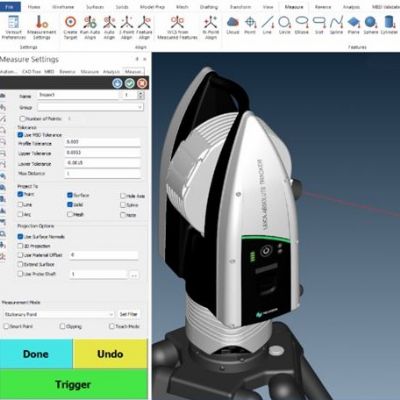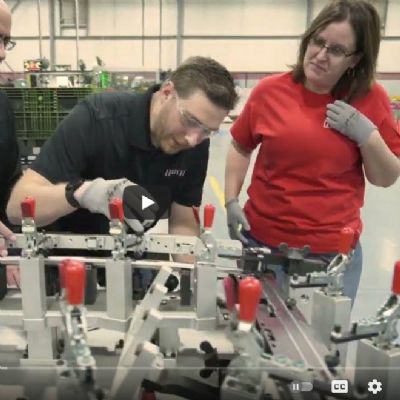He also recommends use of powders with low retained
moisture content, and cautions that significant variability exists among
suppliers, even when they use the same processes to manufacture the powders.
Listen to Client
Needs
The common quality indicators of metal 3D printed parts include consistency and durability. However, achieving high metrics in these areas may prove insufficient if manufacturers fail to consider a customer’s specific needs and ensure the printed metal parts meet or exceed those requirements.
For example, researchers at the University of Bath recently received permission to conduct human trials for 3D printed titanium-alloy knee implants. Developers hope that these devices will bring more stability and comfort to osteoarthritis sufferers than implants manufactured from more traditional means. They also believe that knee replacements should prove helpful for everyone, not just those in late stages of the disease. In this case, and in others, keep in mind that suppliers may define quality differently from their customers, although there’s almost certainly some crossover. Spend time with your current and potential customers to determine their expectations and whether you can meet them using metal AM.
Consider a Smart-Monitoring
Solution
Many of today’s manufacturing decision-makers realize it makes good business sense to implement Internet of Things (IoT) technology in their factories. Results can include reduced downtime costs, particularly when sensors predict equipment outages before they occur. Such connected solutions also can improve the quality of metal AM parts.
A 2017 academic paper published in the Journal of Powder Metallurgy and Mining explains the potential benefits of combining IoT with AM, allowing an operator to remotely monitor and control an AM machine via a web-based interface. The complementing software allows for the monitoring of print parameters such as the temperature of the build plate and printer-head speed, and the number of layers printed.
Implement Computer Tomography
Computed tomography (CT) scans offer a reliable way to verify that metal AM quality meets minimum standards. Besides checking for structural integrity and revealing any evidence of unwanted porosity, this nondestructive test method can measure a build’s dimensional accuracy.
CT scanning relies on an X-ray to produce digital
slices of a test object, displaying it from numerous angles. Software then
turns the two-dimensional images into a 3D model with an accompanying dataset.
Manufacturers can study the model to find cracks, voids and other defects in
the build, and to evaluate internal part features that otherwise would require
cross-sectioning.
CT scanning also can stimulate trust from
decision-makers in industries where metal AM technology remains relatively new.
For example, manufacturers in the aerospace industry want assurance and
evidence that metal AM parts will perform as well as or better than their
billet-machined counterparts.
Finally, CT scanning enables manufacturers to verify
how hybrid powder blends and newer alloys stack up against more traditional
options. The technology even allows analyzing high-resolution images of
individual powder grains. Spotting problems such as porosity and irregular
grain sizes at that early stage minimizes the chances of poor-quality outcomes
that could erode client trust.
Start Affecting
Metal AM Quality Today
Counting high-quality results among your ongoing goals while making Metal AM parts can bolster your facility’s reputation and reduce the expenses associated with preventable defects. These suggestions will get you off to a great start in achieving measurable progress and determining where weaknesses lie. 3DMP
Technologies:
 Emily Newton
Emily Newton








 Video
Video